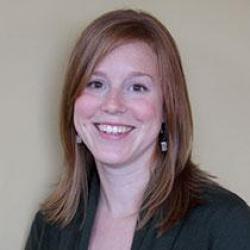There is evidence today that successful and effective self-direct programs exist for large energy consumers. These programs allow large energy consumers to avoid paying all or some of the fees collected from utility customers to fund system-wide energy efficiency. In exchange for this special privilege, these customers are assumed or required to make their own investments in energy efficiency on-site. Unfortunately, running a successful self-direct program is a challenge, and many programs fail to adequately track, measure, verify, and evaluate the savings claimed by their self-directing customers. Some programs do none of those things and forgo the self-direct model entirely, allowing customers to opt out of efficiency programs. Many self-direct programs also do not encourage the optimization of cost-effective energy efficiency, thus failing to maximize the public and system benefits that energy efficiency offers.
This report is based upon research conducted with the administrators of each major self-direct and opt-out program in the U.S. It identifies and describes the successes and challenges currently present in the administration of self-direct programs. In general, as self-direct programs have increased in popularity, they have taken different shapes and structures. Some have emerged as highly effective resource acquisition programs, while others have not captured any measurable energy efficiency. This report also profiles each self-direct program in the U.S. and suggests best practices and model language for states that might be considering the establishment of a self-direct program.




